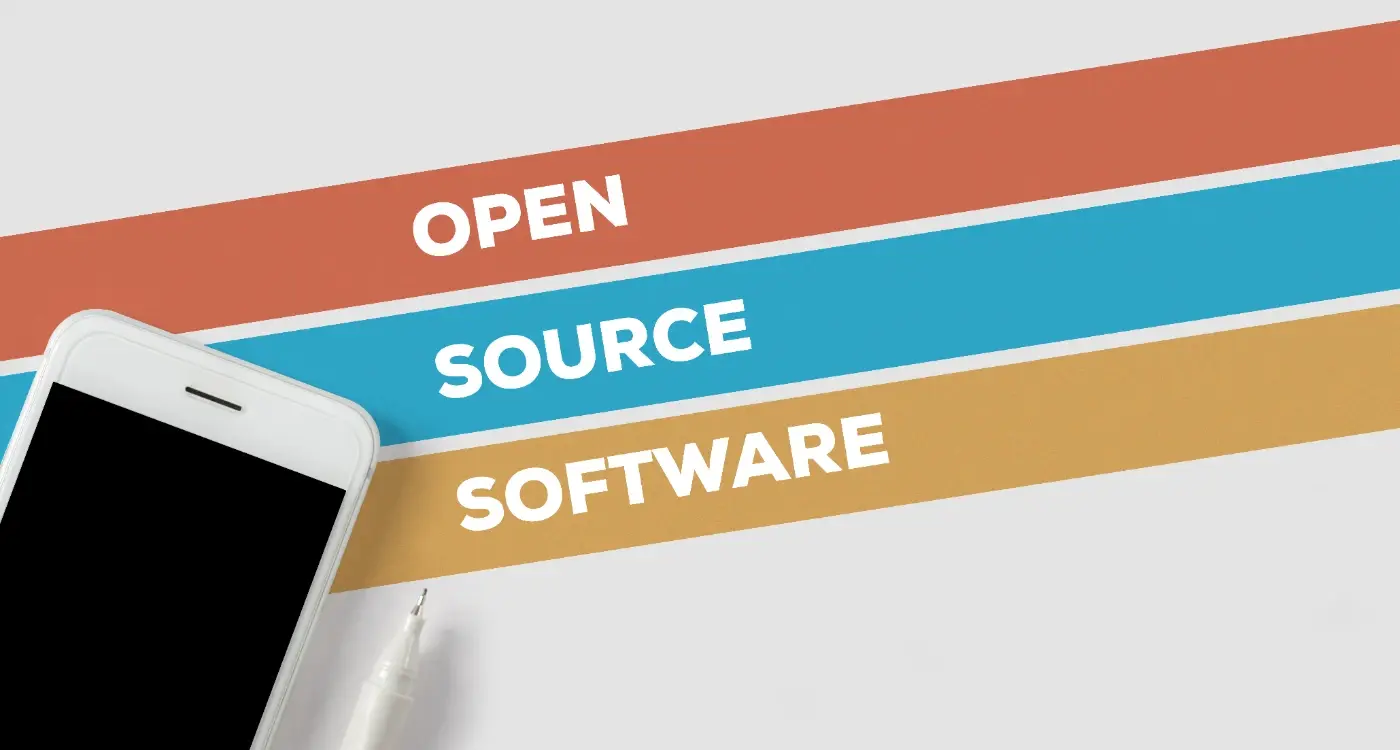How Do I Make Sure My Terms Of Service Are Legally Binding?
Every mobile app developer faces the same uncomfortable truth: your beautifully crafted terms of service might be completely worthless in court. I've worked with countless app teams over the years who thought they were protected, only to discover their user agreements wouldn't hold up when it actually mattered. The problem isn't just about having terms—it's about making them legally binding and enforceable.
Most developers treat terms of service as an afterthought, copying text from other apps or downloading generic templates. But here's what they don't realise: a poorly constructed agreement can actually make your legal position worse than having no terms at all. Courts won't enforce agreements that are misleading, hidden, or created without proper user consent.
The best terms of service are the ones that protect your business while being clear enough that users actually understand what they're agreeing to
This guide will show you exactly how to create terms that work—not just on paper, but in real legal situations. We'll cover everything from basic legal requirements to common mistakes that void your protection. You'll learn how to get proper user consent, update your terms safely, and avoid the pitfalls that catch most mobile app developers off guard. Getting this right from the start will save you time, money, and potentially your entire business.
Understanding Terms of Service Basics
I'll be honest with you—most people skip right past the Terms of Service when they download an app. They tap "I agree" without reading a single word. But here's the thing: those terms are actually doing some pretty heavy lifting behind the scenes, protecting both you as the app owner and your users.
Think of your Terms of Service as the rulebook for your app. It tells people what they can and can't do when using your software, what happens if things go wrong, and how disputes get sorted out. Without proper terms, you're basically running a business with no rules—and that's a recipe for trouble.
What Makes Terms of Service Different
Now, Terms of Service aren't the same as a privacy policy (though people often mix them up). Your privacy policy explains how you collect and use personal data; your terms cover everything else. Payment rules, user behaviour, account termination, liability limits—it's all in there.
The tricky bit is making sure your terms actually work when you need them to. Just writing some legal-sounding text and sticking it in your app won't cut it. There are specific requirements that determine whether your terms will hold up if challenged, and getting this wrong can leave you completely exposed.
Making Your Terms Legally Enforceable
I've seen countless mobile app developers spend months crafting their product, only to slap together terms of service at the last minute—and that's a recipe for disaster. Creating legally enforceable terms isn't just about having fancy legal language; it's about getting the basics right from the start.
The foundation of enforceable terms lies in three key areas that courts look for when disputes arise. Your terms need to be clearly written, properly presented to users, and demonstrably agreed to by them.
Core Elements That Make Terms Stick
Legal enforceability comes down to proving that users knew what they were agreeing to and actually consented to it. This means your terms can't be buried in your app where nobody will find them—they need to be accessible and prominent during the signup process.
- Clear, understandable language that real people can read
- Proper notice that terms exist and govern app usage
- Demonstrated user acceptance through clicks or taps
- Reasonable terms that don't unfairly favour your business
- Compliance with relevant consumer protection laws
Always include a governing law clause that specifies which country's or state's laws will apply to your terms—this gives you control over where disputes might be resolved.
User agreements for mobile apps face unique challenges because screen space is limited and users often rush through signup processes. The key is making acceptance deliberate rather than accidental.
Key Legal Requirements for Mobile Apps
Mobile apps face a unique set of legal requirements that go beyond standard website terms of service—and I've seen too many app developers learn this the hard way. The good news is that most of these requirements are straightforward once you know what to look for.
App stores themselves impose legal obligations that your terms must address. Both Apple's App Store and Google Play have specific policies about data collection, user privacy, and content restrictions that your app must comply with. Your terms of service need to reflect these requirements and explain how your app follows the rules.
Platform-Specific Requirements
Different platforms have different rules, and your terms need to cover all of them. Here's what you absolutely cannot ignore:
- Data protection laws like GDPR if you have European users
- Children's privacy laws (COPPA in the US) if under-13s might use your app
- Accessibility requirements for users with disabilities
- In-app purchase regulations and refund policies
- Location data usage permissions and restrictions
Mobile-Specific Considerations
Mobile apps collect different types of data than websites—device information, location data, contacts, photos. Your terms must clearly explain what you're collecting and why. Push notifications, camera access, and microphone usage all need explicit coverage in your legal documents.
The key is being specific about mobile features rather than using generic website terms. Your users need to understand exactly what they're agreeing to when they download your app.
Common Mistakes That Void Your Terms
Right, let's talk about the ways people accidentally sabotage their own terms of service—and trust me, I've seen this happen more times than I care to count. The most common blunder? Making your terms impossible to find or access. If users can't easily locate your terms when they need them, courts won't consider them legally binding. It's that simple.
Another massive mistake is using what I call "phantom consent"—where you assume users have agreed to your terms without actually getting their explicit agreement. Just having terms buried somewhere in your mobile app doesn't mean users have consented to them. You need clear, obvious user agreements that people actually interact with.
The Update Trap
Here's where things get tricky: updating your terms without proper notification. I've watched perfectly good legal enforceability crumble because developers pushed out new terms without telling users or getting fresh consent. You can't just swap out terms like you're changing app icons.
The biggest mistake app developers make is treating terms of service like a legal afterthought rather than a foundational element of their user relationship.
Writing terms that are deliberately confusing or hiding important clauses in walls of text will backfire spectacularly. Courts don't look kindly on terms that seem designed to trick users—they want to see fair, clear agreements that reasonable people would actually read and understand.
User Consent and Agreement Methods
Getting users to actually agree to your terms is where many apps fall flat—and I've seen this happen more times than I care to count. You can't just stick your terms somewhere in the app and hope people will magically be bound by them. The law requires what's called "clear and conspicuous" consent, which means users need to know they're agreeing to something and actually take action to show they accept it.
The Right Way to Get Consent
The most legally sound method is what we call "clickwrap" agreements. This is where users have to actively tick a box or tap a button that says something like "I agree to the Terms of Service" before they can create an account or use your app. The key word here is actively—users must do something deliberate to show they accept your terms.
What Doesn't Work
Avoid "browsewrap" agreements where you simply put a link to your terms at the bottom of a page and assume continued use means acceptance. Courts have repeatedly ruled these aren't binding because users might not even notice the terms exist. Also, make sure your terms are easily accessible from the consent screen—if users can't actually read what they're agreeing to, your agreement won't hold up in court.
Updating Terms Without Losing Protection
I've learned over the years that updating your terms of service isn't just about adding new clauses—it's about maintaining the legal strength you worked so hard to build. The biggest mistake I see mobile app developers make is treating updates like simple website edits. They quietly change things in the background and hope users won't notice. This approach can completely destroy your legal protection.
When you update your terms, you're creating a new agreement. That means you need fresh consent from your users. Simply posting updated terms on your website doesn't automatically bind existing users to the new rules. You need to actively notify them about the changes and give them a chance to agree or disagree.
Best Practices for Term Updates
The most effective way to handle updates is through your mobile app itself. Send push notifications about significant changes, display a popup when users next open the app, and require them to accept the new terms before continuing. For minor updates, email notifications with clear explanations work well too.
Always keep dated copies of your previous terms of service. If legal issues arise, you'll need to prove which version was active when a user first agreed to your terms.
- Use clear, simple language to explain what's changed
- Give users reasonable time to review updates
- Provide an easy way to accept new terms
- Archive old versions with timestamps
- Consider legal review for major changes
Remember that users who don't accept your updated terms should lose access to your app. This might seem harsh, but it's the only way to maintain consistent legal protection across your entire user base. In fact, having clear terms that allow you to ban users who don't comply is an essential part of protecting your platform.
Conclusion
After working with hundreds of app developers over the years, I can tell you that creating legally binding terms of service isn't rocket science—but it does require attention to detail. The biggest mistake I see people make is treating their terms like an afterthought, something they can just copy from another app and forget about.
Your terms of service are your safety net. They protect your business, set clear expectations for users, and give you the legal backing you need when things go wrong. But they only work if they're properly written, clearly presented, and legally enforceable.
The key points we've covered—getting proper legal advice, making sure users can actually agree to your terms, keeping them updated, and avoiding common pitfalls—these aren't just suggestions. They're the foundation of a solid legal framework for your app.
Don't cut corners here. Yes, getting proper legal help costs money upfront, but it's nothing compared to what you might face if your terms fail to protect you when you need them most. Your app is your business, and your terms of service are one of the most important documents that business will ever have.
Share this
Subscribe To Our Learning Centre
You May Also Like
These Related Guides

Should I Trademark My App Name Before Development Starts?

What Open Source Licences Can Break Your App Launch?



